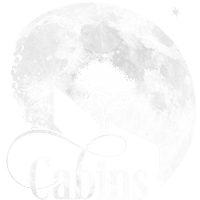
Making of Australian Forest
by Sergey Ferley
Hi all. I’m really grateful to be on the list of winners. A lot of competitors did such a fantastic job, very detailed and with great concepts. Congrats to all winners and participants!
I would like to give you a short vision of how I prepared the Australian forest entry.
Few weeks after the announcement of the challenge, I came up with the idea of a glass cabin in a forest. Of course, it’s not new, but I had a specific idea about an Australian forest.
I remembered our first trips around Sydney, nights were full of sounds, a forest full of creatures.
“For the graphic, I was genuinely inspired by cabins illustrations from Philip Jodidio so beautifully done by, French Illustrator, Marie-Laure Cruschi.”
So, I imagined the short story and drew a sketch in photoshop. It took an hour to get the atmosphere that I liked.
For the graphic, I was genuinely inspired by cabins illustrations from Philip Jodidio so beautifully done by, French Illustrator, Marie-Laure Cruschi. Later this first sketch really helped me to build a holistic atmosphere in whole set images.
The Forest
Already at this point, I understood that it won’t be epic, no vast areas of land and far perspectives with dramatic skies. I had some doubts to move to something in the mountains, but the first sketch and reaction on it on the challenge page did the job. So, I decided that I should focus on a feeling of atmosphere/mood of the specific forest and stick to the sketch.
Forest References
I went through my photos from last campings, and through lots of them on the internet. I ended up with a dozen of them as an inspiration for the forest. Some of them are here below.
I was interested in shapes of trunks, types of smaller plants growing there, and little details like leaves, branches, rocks on the ground. And of course animals.
The Assets
I used different 3d models for this scene. 3d rocks and plants, textures for the ground are from Megascan, as well as small objects like stones and branches on the forest terrible.
Leaves and debris on the ground I made from Megascans atlases.
The Trees
All trees in the scene are Eucalyptus. I used SpeedTree to create the trees. It was beneficial to watch tutorials from SpeedTree because I used it for the first time.
Then I found some textures for the trunks and branches and utilized leaves from Megascans atlases. I didn’t succeed to go even close to the real examples. But on this stage I expected all renderings to be night, so basically, I was focused on the trunks shapes to make them close to references as much as possible.
In the end, I got some grown up trees and some young ones for the lover part of the forest.
I used Forest Pack to scatter vegetation and objects on the very base ground. A few splines to configure zones of scattering and a spline to make a path to the cabin.
Trees were scaled a lot on this stage, especially vertically, to achieve a feeling from the first sketch.
The Cabin
I love the shape of the Sea Star cabin from Architectural Prescription. It’s simple and expressive at the same time, so I took it as a reference for my glass cabin.
Apparently, the modeling was fundamental, in my concept the cabin itself should be very subtle and transparent, better if you do not feel it as an object at all. So I decided not to go crazy with detailing.
In the very end, my cabin is just a glass wall. Just a few things inside, wooden podium where to sleep, simple table, fireplace, and lights. I never thought about a realistic architectural solution for the cabin, it’s just a raw concept in a shape that will fit the initial sketch.
Light & Materials
All is very simple. For the night shot, I didn’t have any HDRI, just standard Corona Renderer sky with changed settings and Corona Renderer Sun with very low intensity.
Two Corona Renderer lights in the cabin to imitate light from the fireplace and a gas lamp.
Materials were simple as well.
Nothing specific, but one thing… I rendered two different materials for the glass to mix them in photoshop. At some point, I liked one of the options with “milky” glass, that I got in one of the composition tests.
So for final rendering, I decided to mix it with transparent one which was made with some dirt marks on it.
On to post now 😊
Post Production
Post-production was very important in term of creating a story. It was essential to finish the idea of fear and excitement, by creating a man inside the cabin and wild animals around him.
All these elements were added in Photoshop. Except for man in a sleeping bag for the Interior view.
It would be quite challenging to find or make a photo with such a specific light and camera position. So I took a rigid model of a person and made a sleeping bag in Marvelous Designer, just for this camera. Again, entirely a simple 3D, just enough to get the right feeling.
Here is RAW and Post process in photoshop.
And the interior.
The 360 VR
Regarding 360 images, everything is standard, I just used integrated spherical panorama viewer in photoshop to integrate some wildlife in the image.
I really wanted to give a feeling of the Australian forest, so I mixed some audio from youtube in two short tracks, and Yulio team kindly agreed to let me use this functionality in VR for the challenge.
I think this was a last point on the way to achieve the final result 😊
The Cabin Challenge has brought me a significant experience of working with tools that were new for me. Such a Megascan, Corona Render and SpeedTree. And It was a pleasure for me to be in the Australian forest for this few months!
Thanks to all!
“The Cabin Challenge has brought me a significant experience of working with tools that were new for me.”
Notable Replies
Continue the discussion at talk.ronenbekerman.com
1 more reply


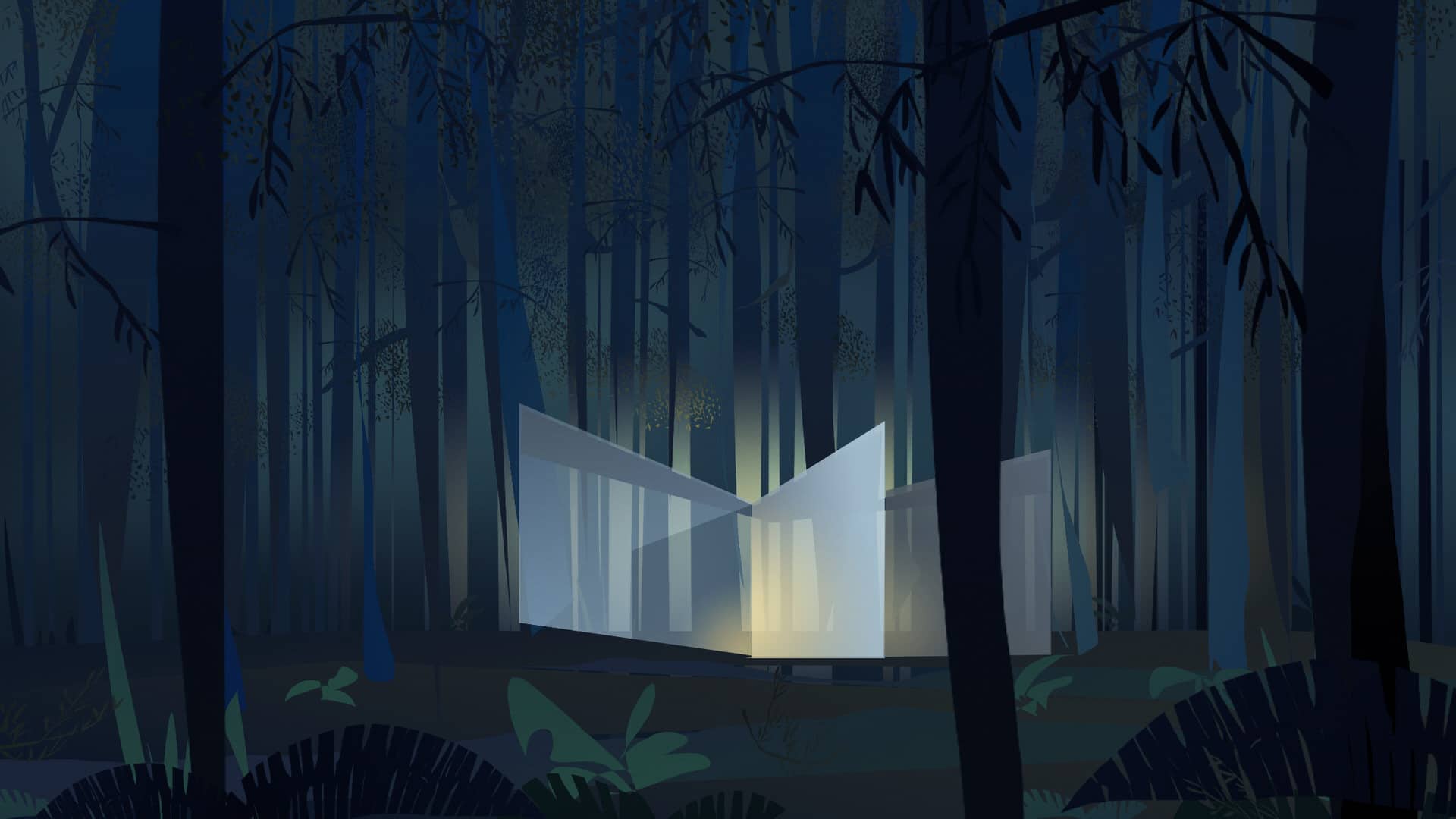


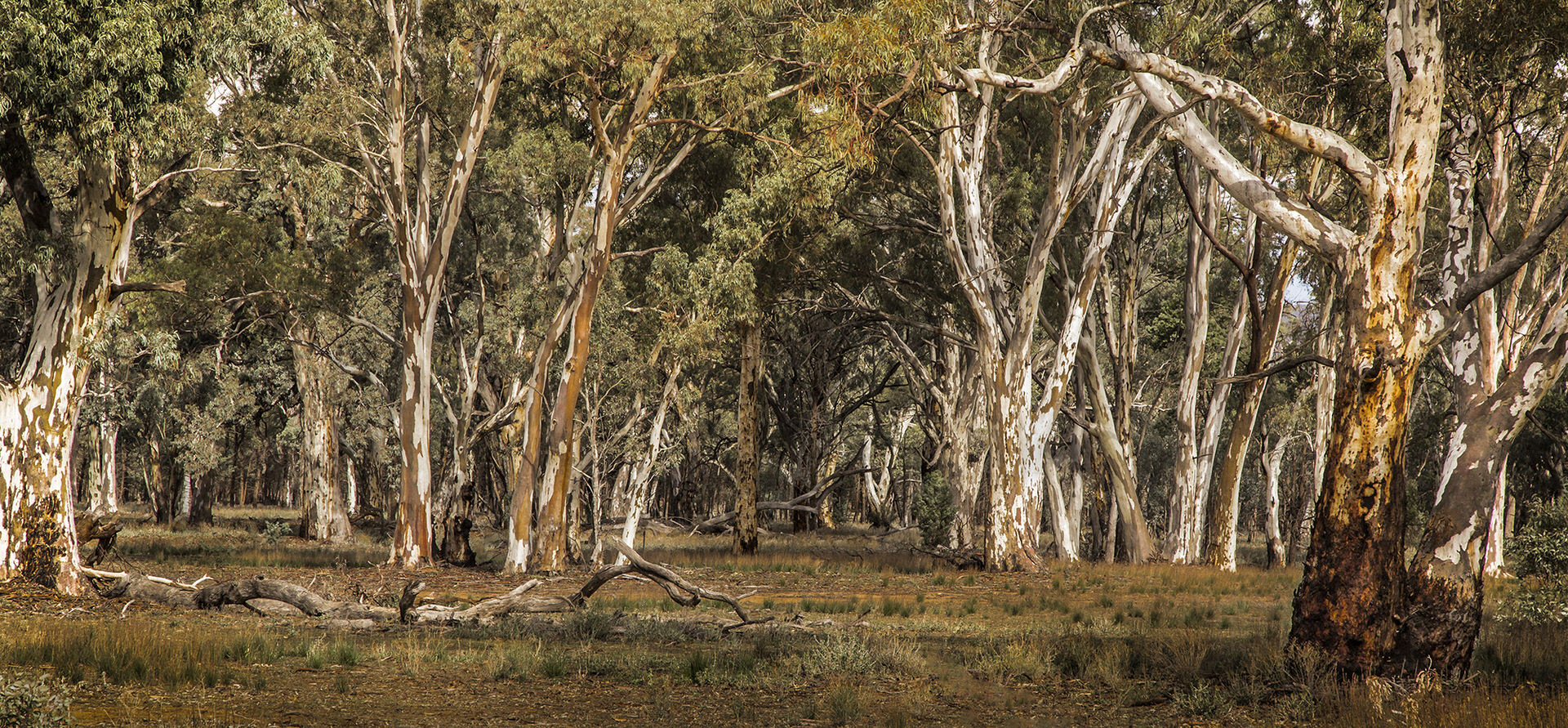
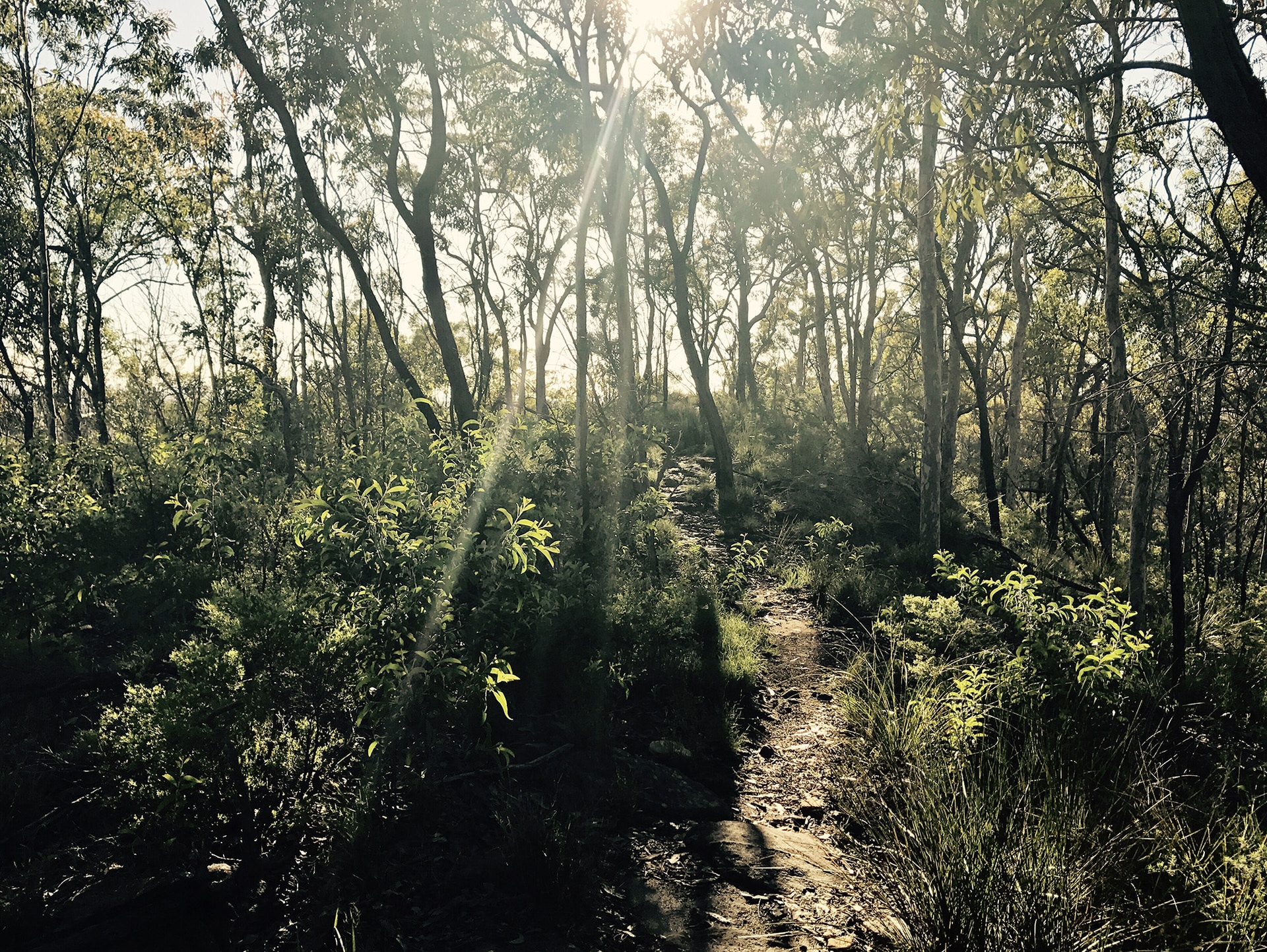
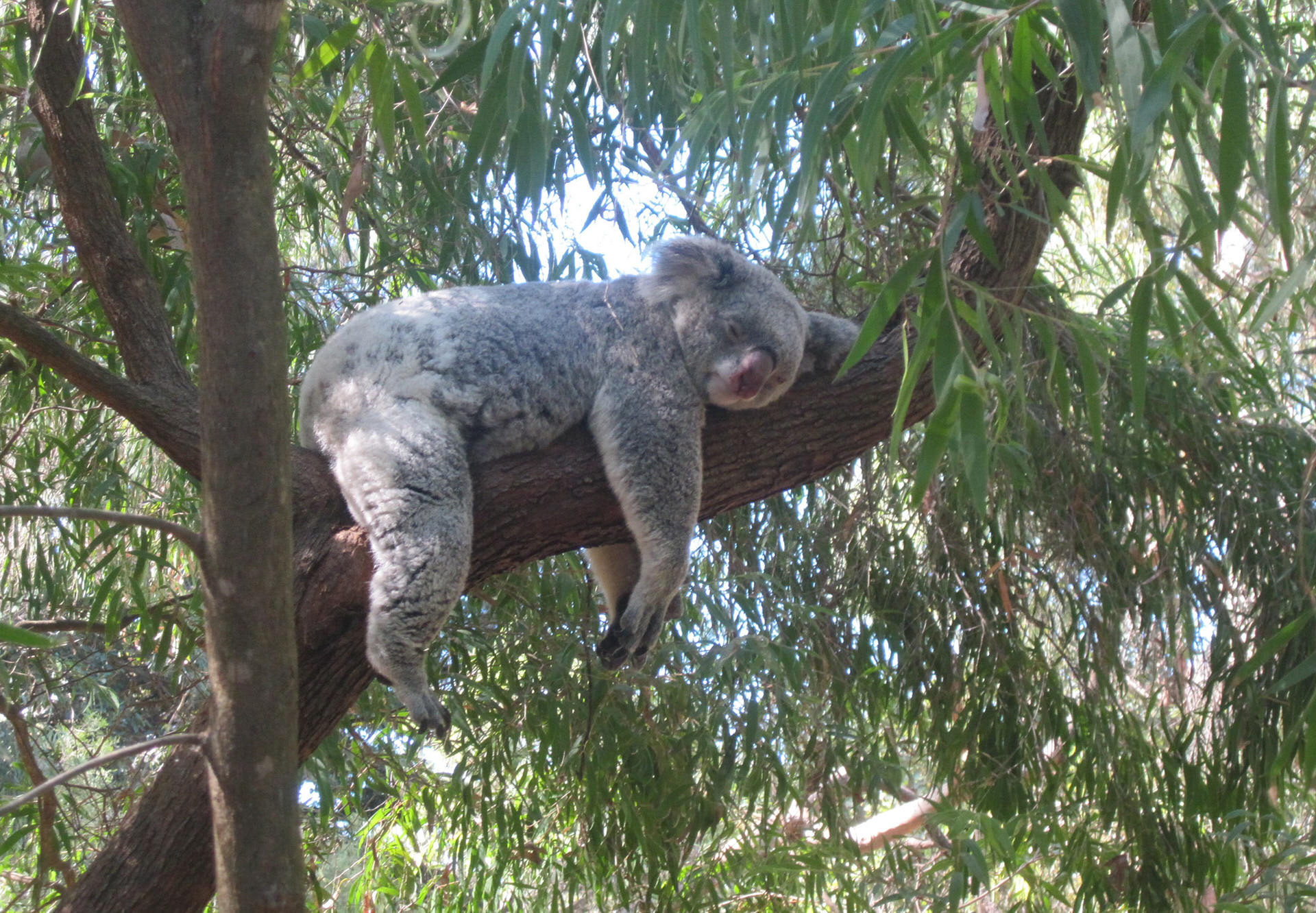


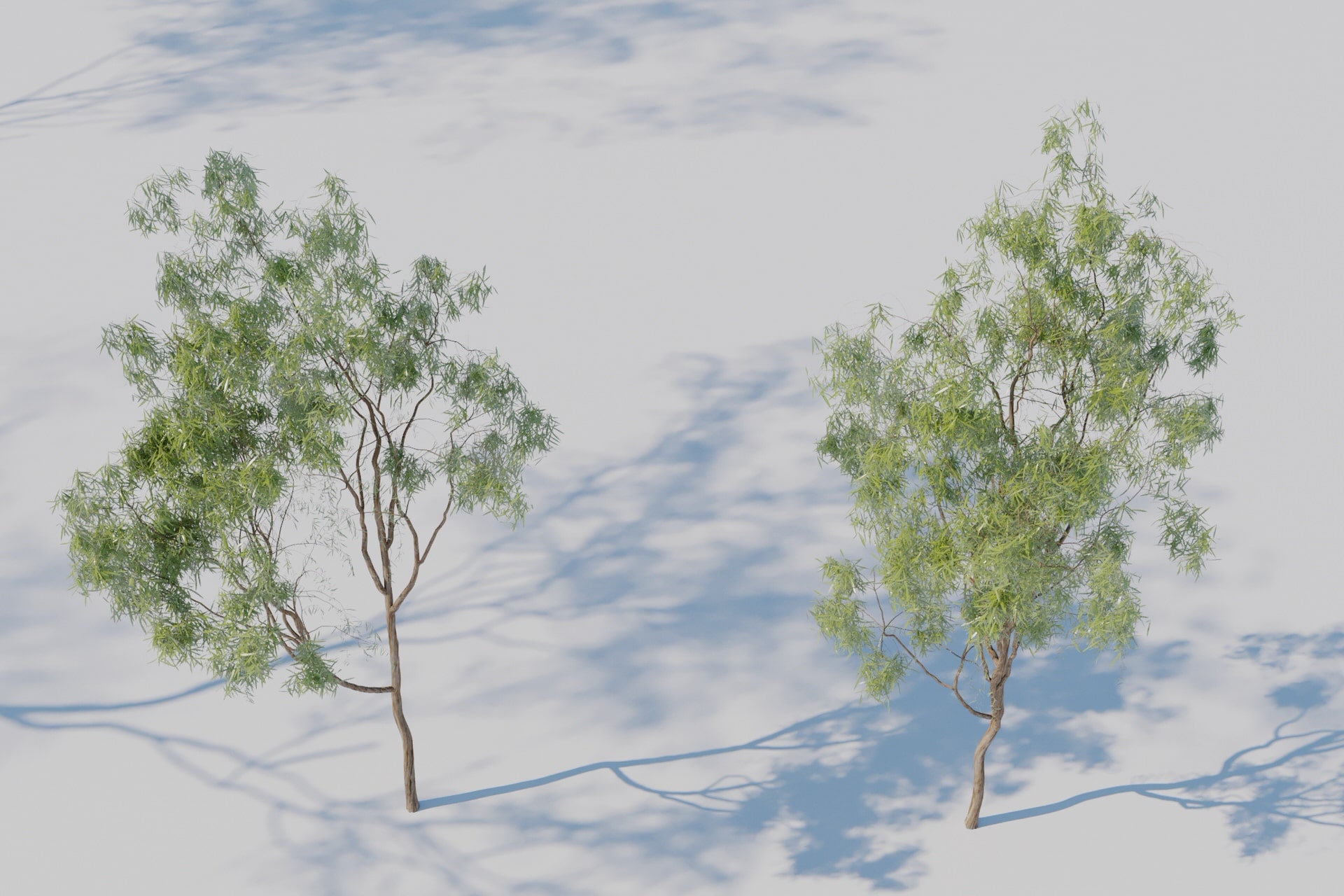
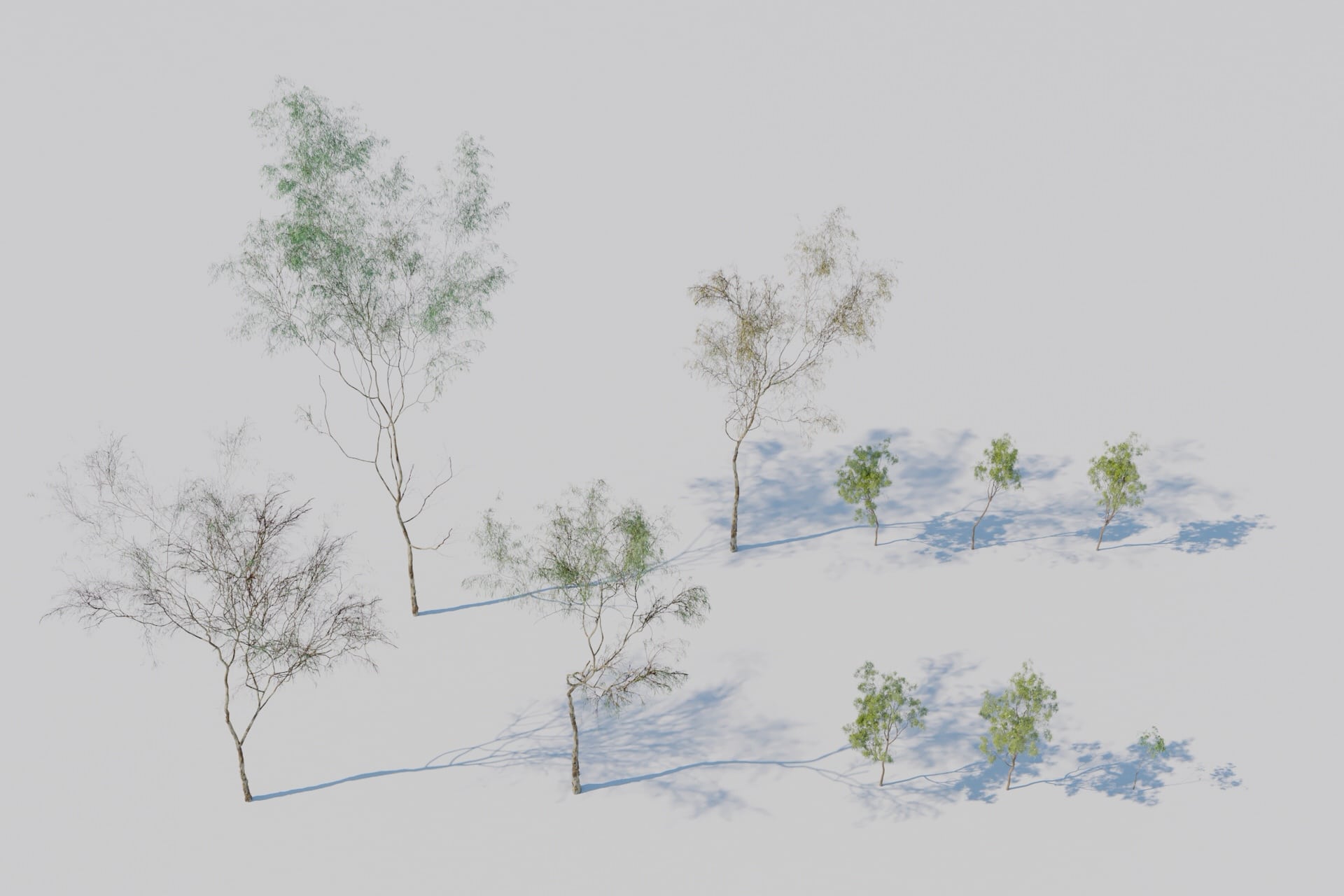
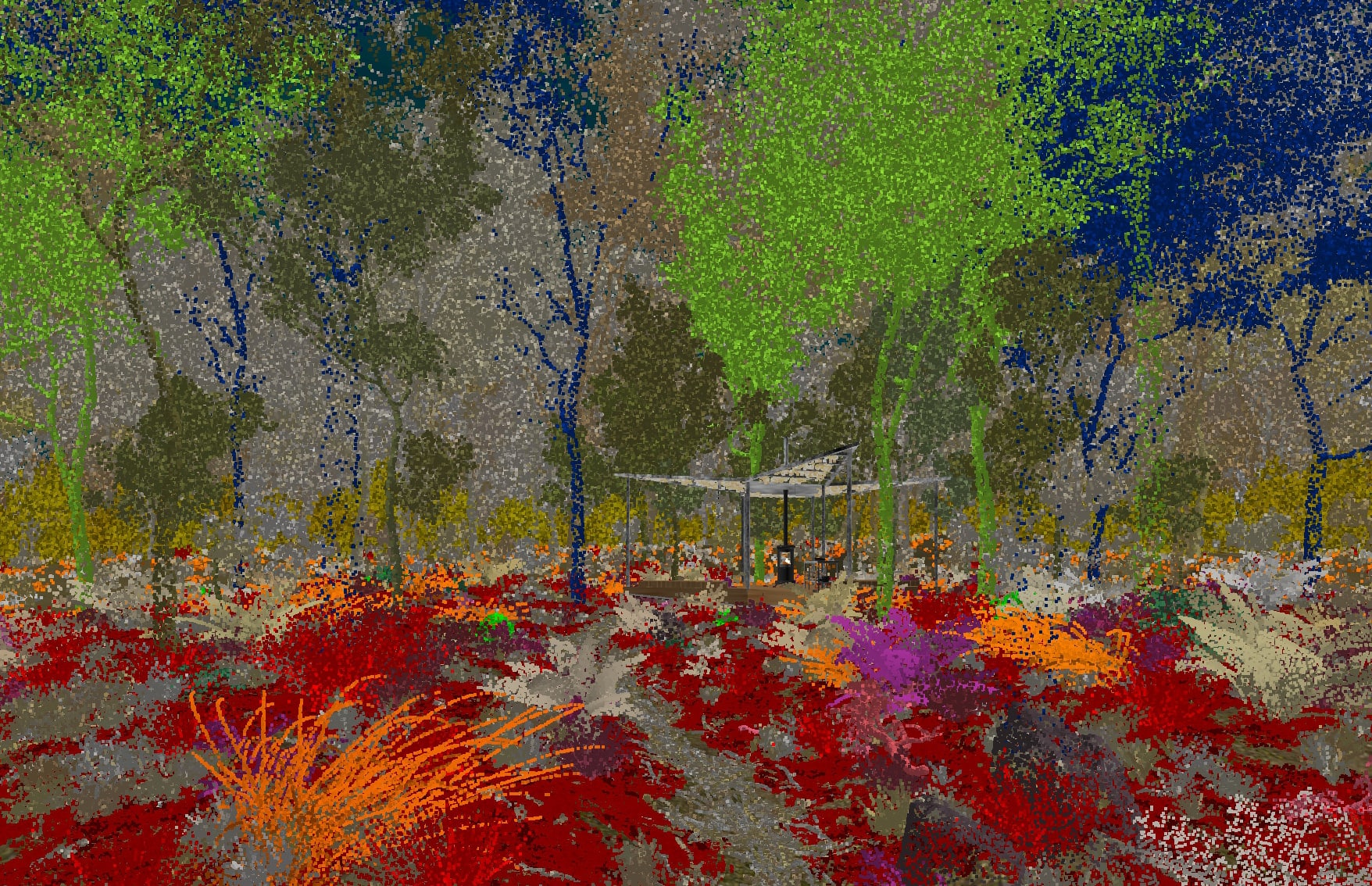
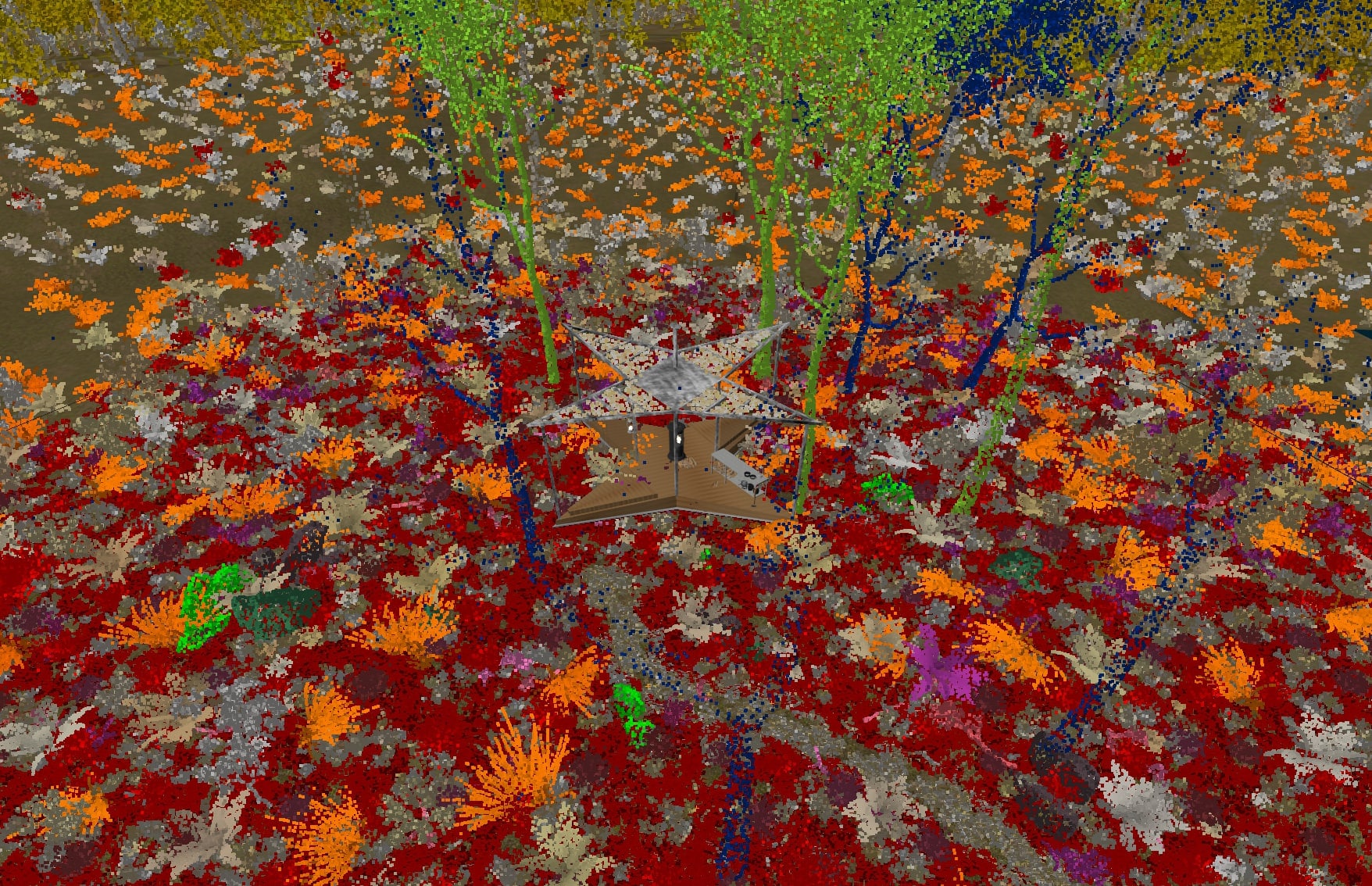
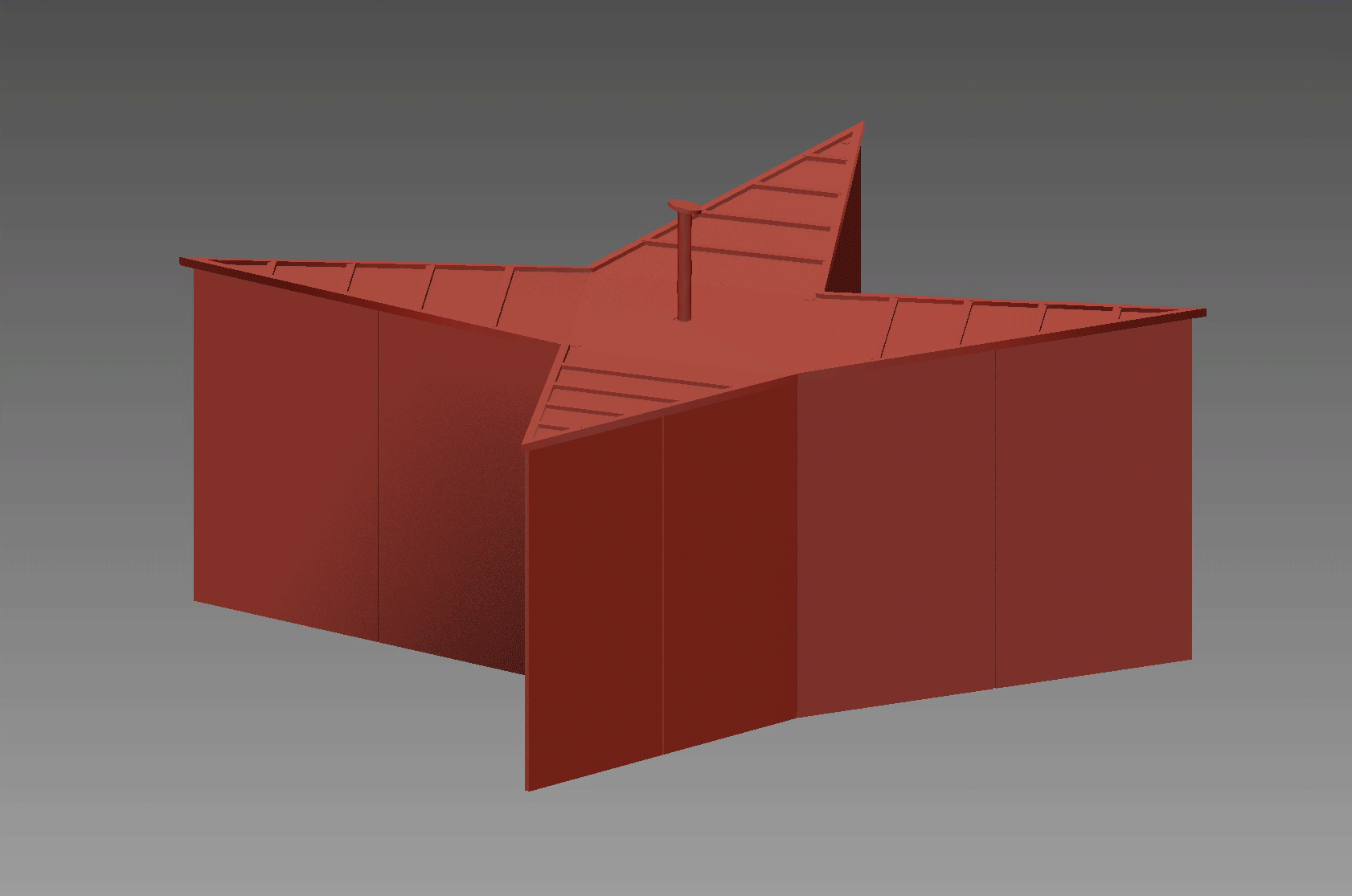


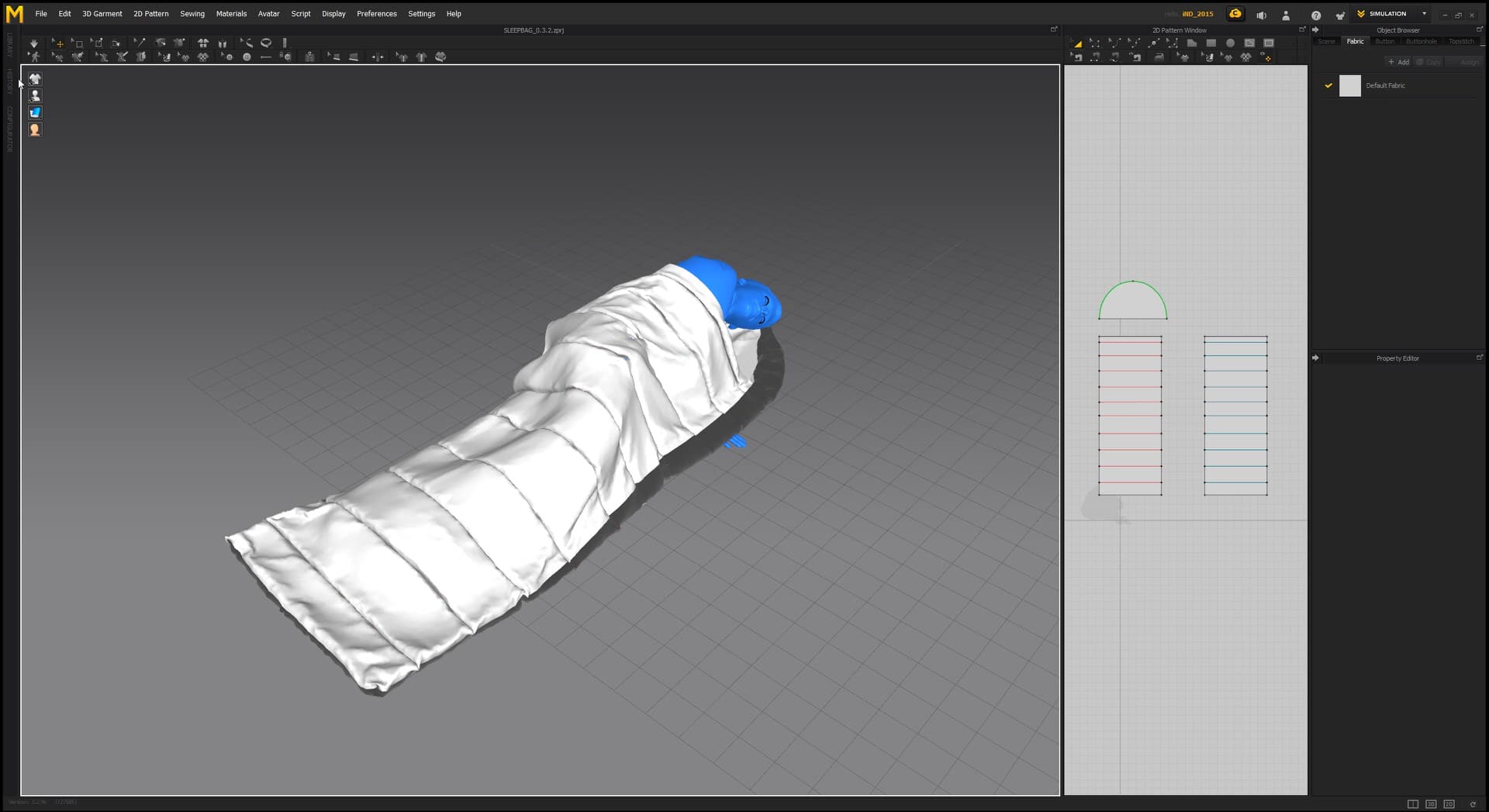

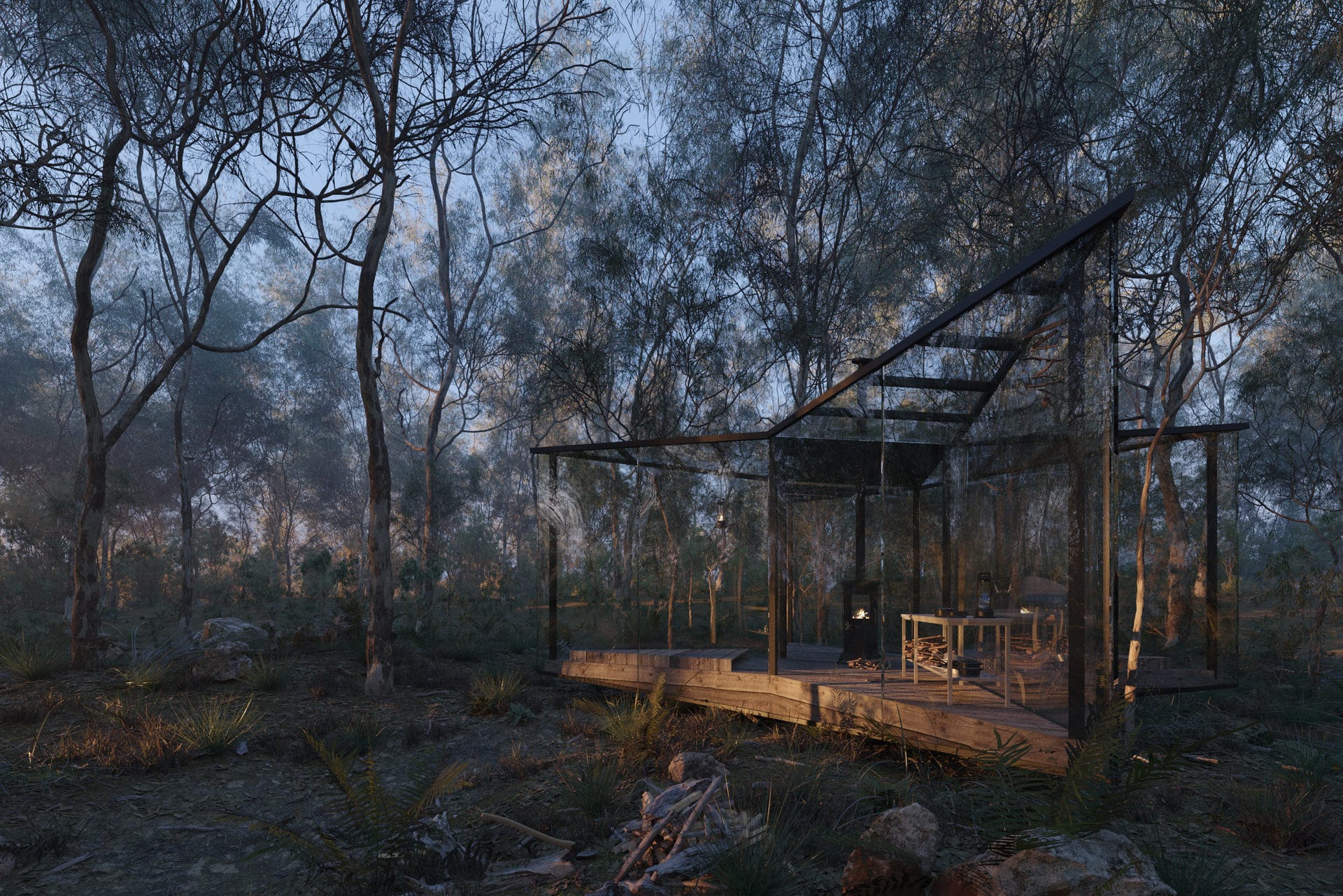

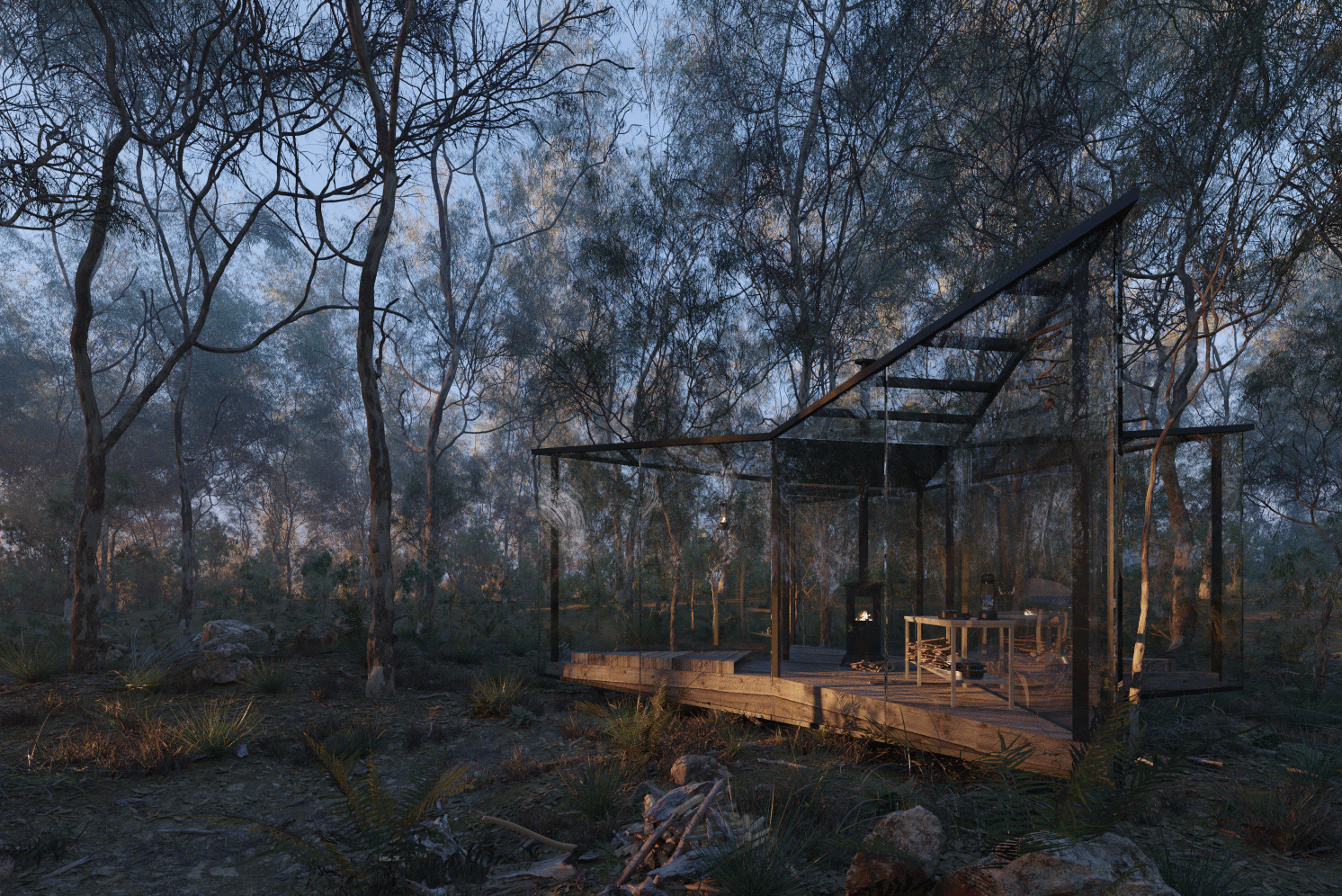
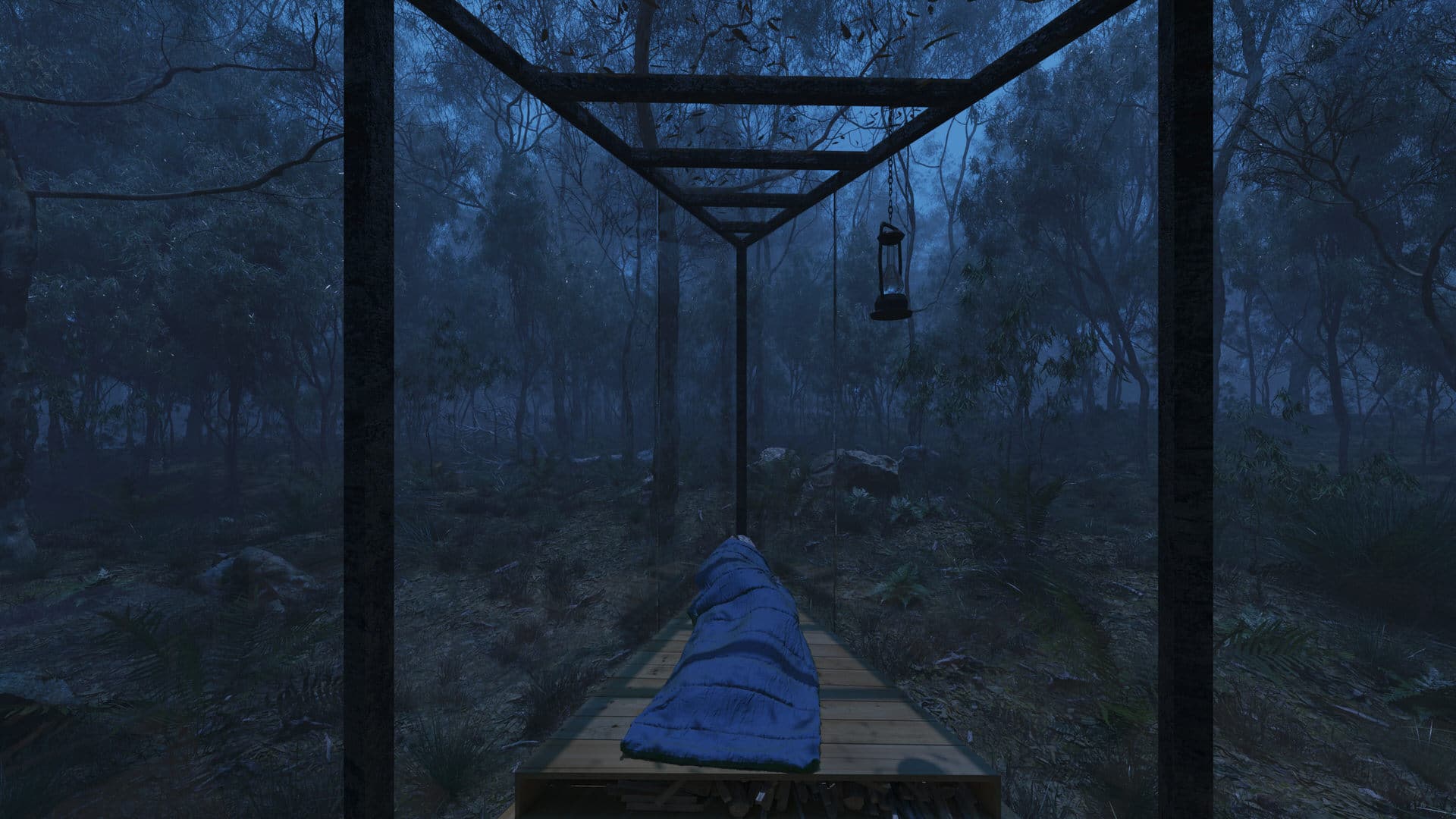
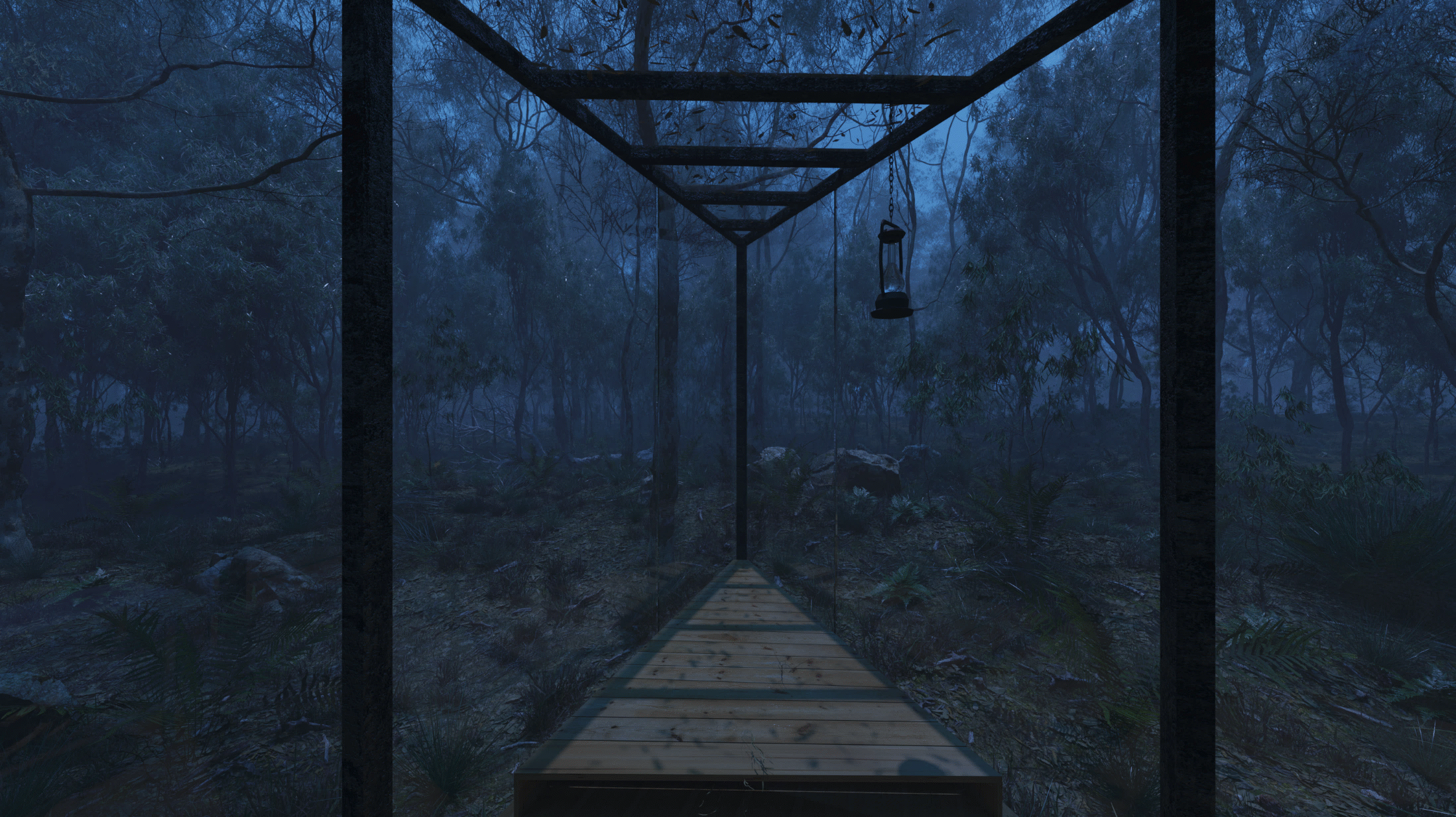
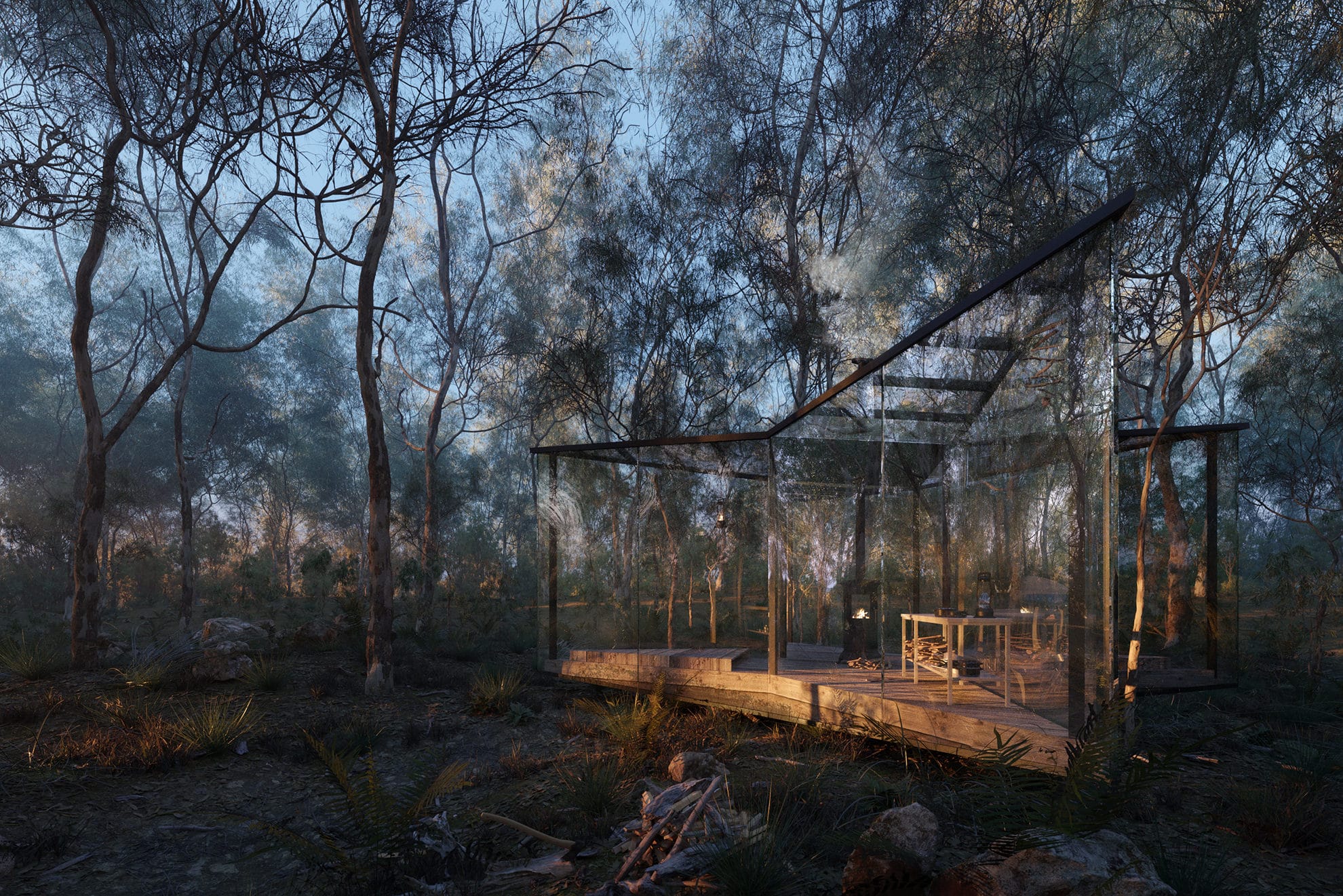
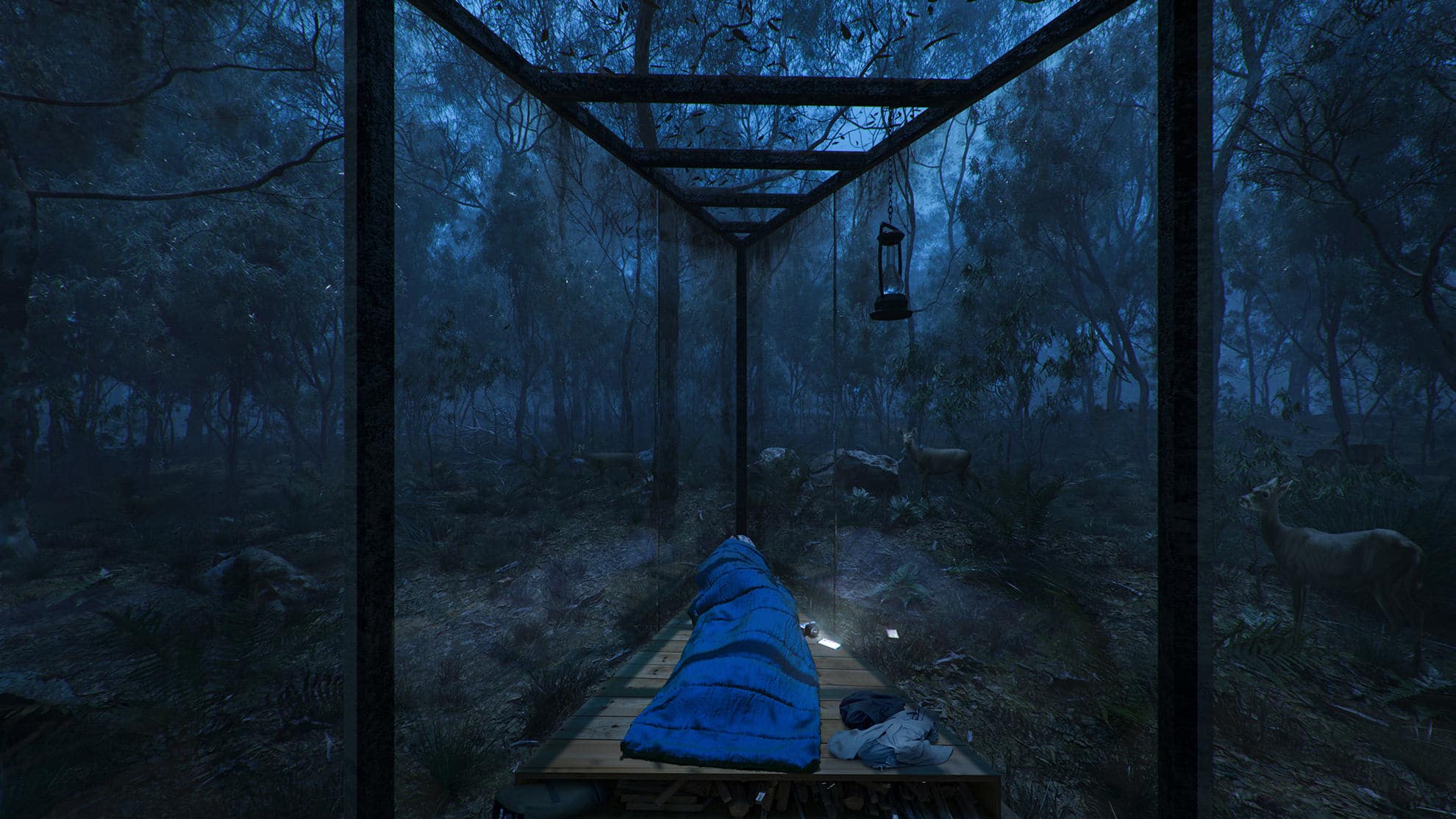
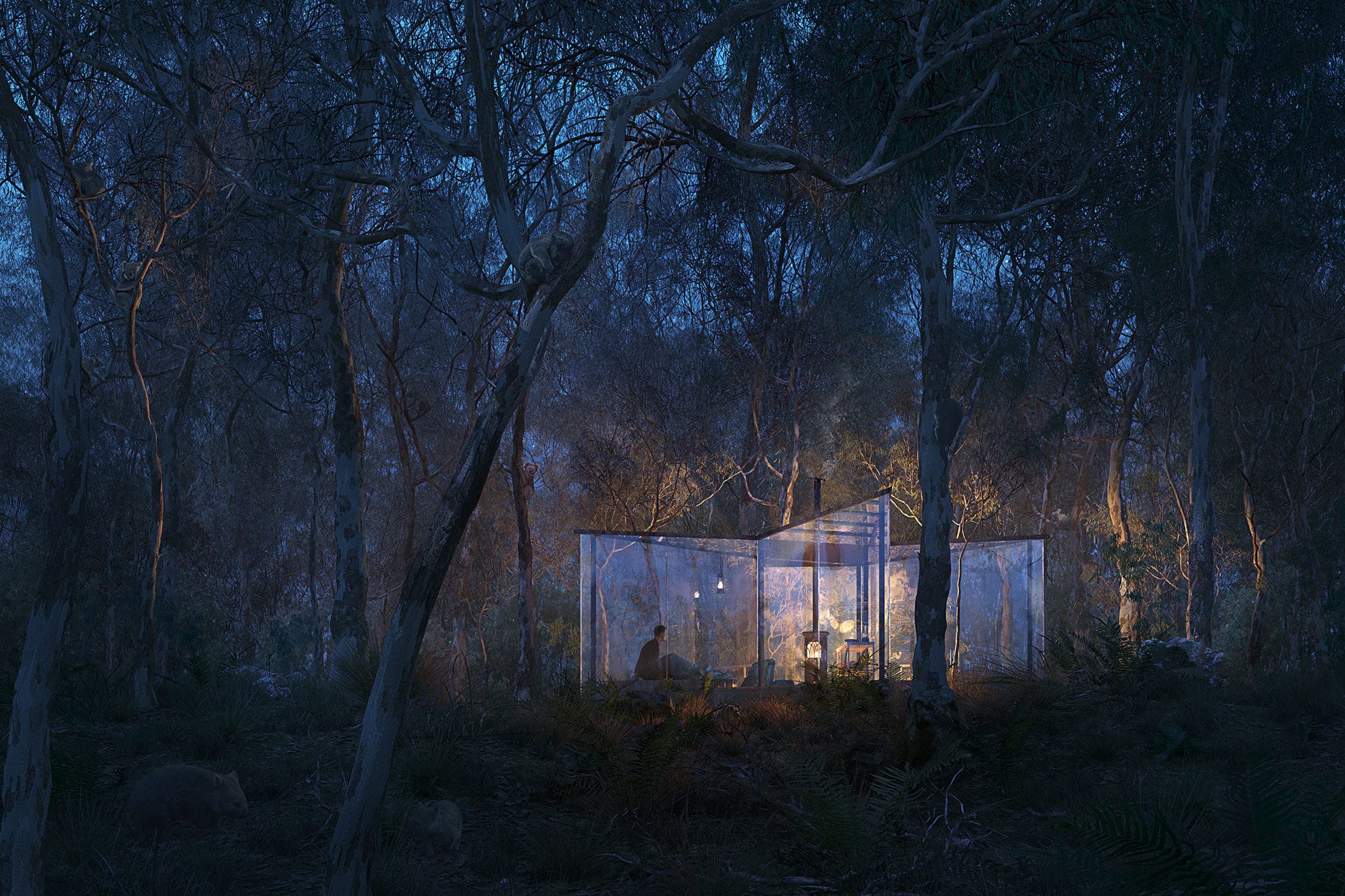
Hi, amazing work, did you feel that for trees etc, the speedtree is worth the money? And which pack did you get, the cinema one?
Hi! I’ve got a similar question about SpeedTree experience. I had a possibility to work with it a few years ago and have checked recently the trial of the current version. I must say that its current features (I especially like trunk detailing and 3d scan integrating) and recent library additions are impressing. However, it’s hard for me to justify it economically with my scope of tree production (it’s pretty little). Do you work a lot with customized tree assets in your commercial projects?
Hi Bartosz, I have used it once, only for this project. It’s a great tool, I love it. But I’m not sure if I use it anymore, in my regular job I don’t have time to build a custom tree
Mate, good job on this. I think some companies in oz already started implementing grow fx fulltime